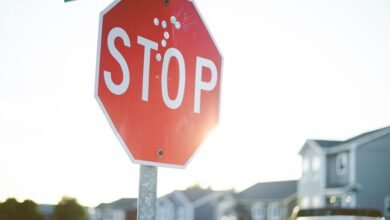1246808535 Average Callback Success Probability

The analysis of the average callback success probability, identified as 1246808535, reveals critical insights into communication effectiveness. Metrics such as response rates and timing are pivotal in shaping customer engagement strategies. By examining these factors, businesses can identify patterns that enhance retention and loyalty. However, understanding the nuances behind these metrics raises further questions about the optimization of outreach efforts and the potential for improved customer interactions.
Understanding Average Callback Success Probability
Understanding Average Callback Success Probability involves analyzing the factors that influence the likelihood of receiving a callback after initiating contact, particularly in professional settings.
Key components include callback metrics and conversion rates, which serve as critical indicators of effectiveness.
Calculating the Callback Success Probability
Calculating the Callback Success Probability requires a systematic approach to quantifying the likelihood of receiving a response after outreach efforts.
This involves analyzing callback metrics such as response rates and timing, while also considering success factors like message clarity and audience relevance.
Implications for Customer Engagement Strategies
As organizations analyze callback success probabilities, the implications for customer engagement strategies become increasingly evident.
Enhanced callback metrics directly influence customer retention by identifying effective engagement methods.
By leveraging data-driven insights, businesses can refine their approaches, ensuring optimal interaction frequency and quality.
This strategic alignment between callback success and engagement metrics ultimately fosters greater customer satisfaction and loyalty, driving long-term organizational growth.
Enhancing Callback Systems for Better Outcomes
Optimizing callback systems is essential for organizations aiming to improve customer interactions and outcomes.
Implementing callback optimization techniques significantly enhances response rates and aligns service delivery with customer expectations. By leveraging data-driven customer satisfaction metrics, organizations can identify pain points and tailor their approaches, ultimately fostering greater loyalty.
This strategic focus on continuous improvement enables companies to maximize the effectiveness of their callback initiatives.
Conclusion
In conclusion, understanding the average callback success probability serves as a compass for businesses navigating the complex landscape of customer engagement. By meticulously analyzing response rates and timing, organizations can refine their communication strategies, transforming mere outreach into meaningful interactions. As the seeds of data-driven insights take root, they yield a harvest of improved retention rates and customer loyalty, ultimately illustrating that effective communication is not just an art, but a science grounded in strategic precision.




